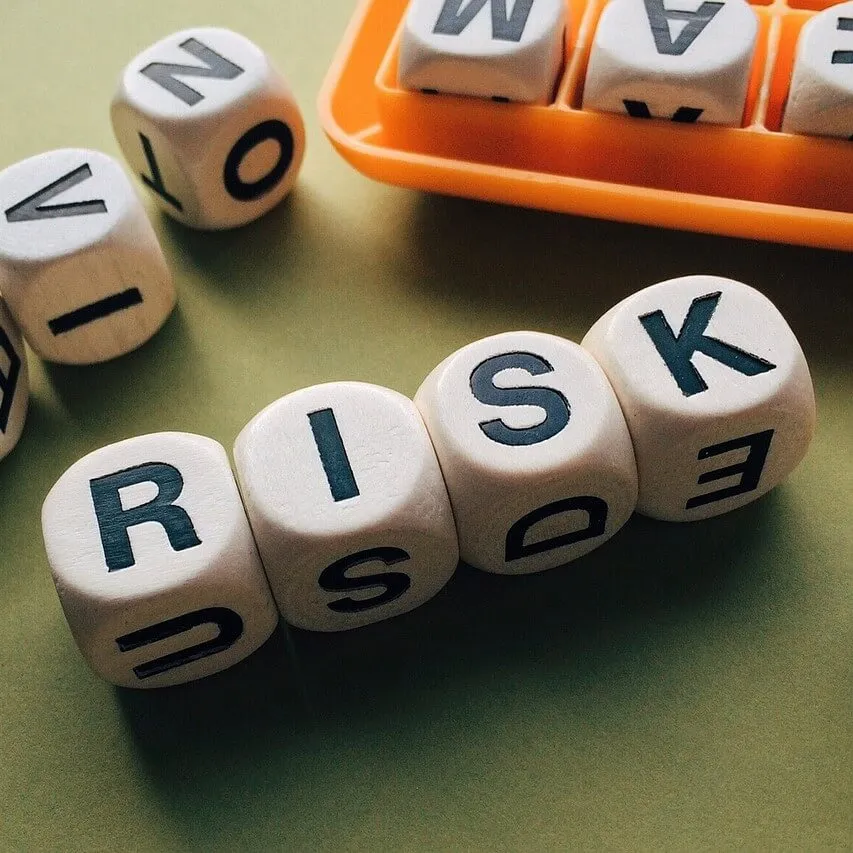UVM’s Enterprise Risk Management program aims to enhance the University’s ability to achieve its mission, vision, and strategic objectives. It fosters a culture of risk and opportunity awareness and provides a structured, consistent, and continuous process for identifying and reporting significant risks and opportunities to leadership and trustees.
The risk management process involves identifying, analyzing, evaluating, responding to, and monitoring risks and opportunities, integral to ERM. Unlike traditional risk management, ERM considers both “upside” and “downside” risk and opportunity across the entire institution in relation to strategy.
The context and the risk assessment steps (identification, analysis, and evaluation) guide decisions on prioritizing risks and opportunities, deciding responses, and allocating resources. The risk response step includes planning and implementing ways to reduce the risk or achieve the opportunity. that plan. Monitoring, reporting, and communicating with stakeholders occurs throughout the process.
Contact: erm@uvm.edu
